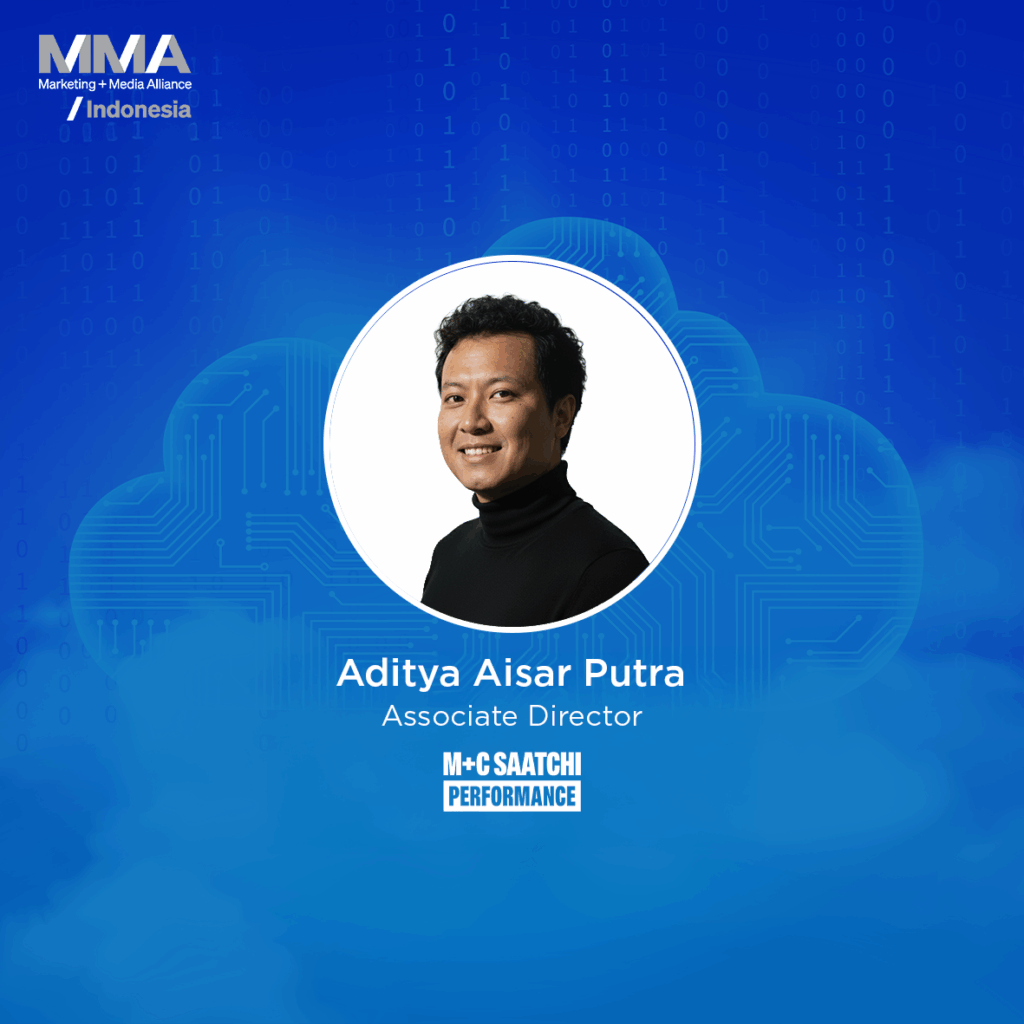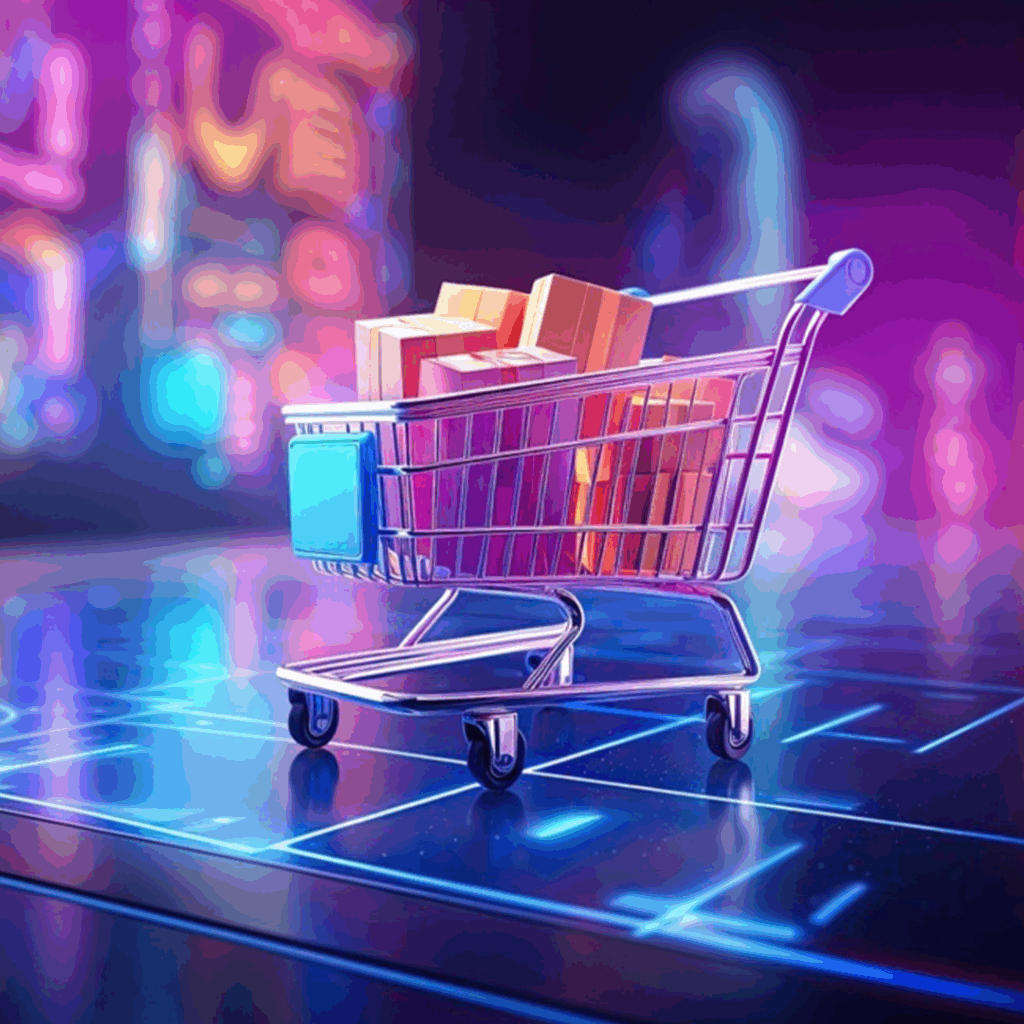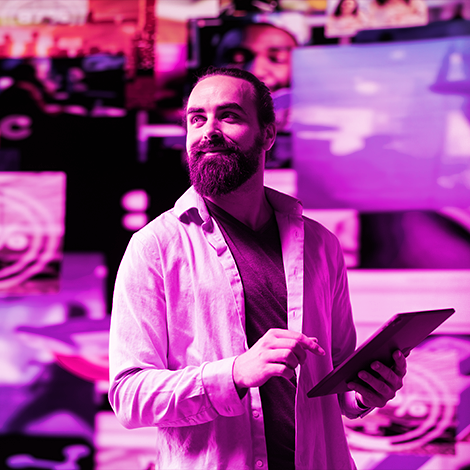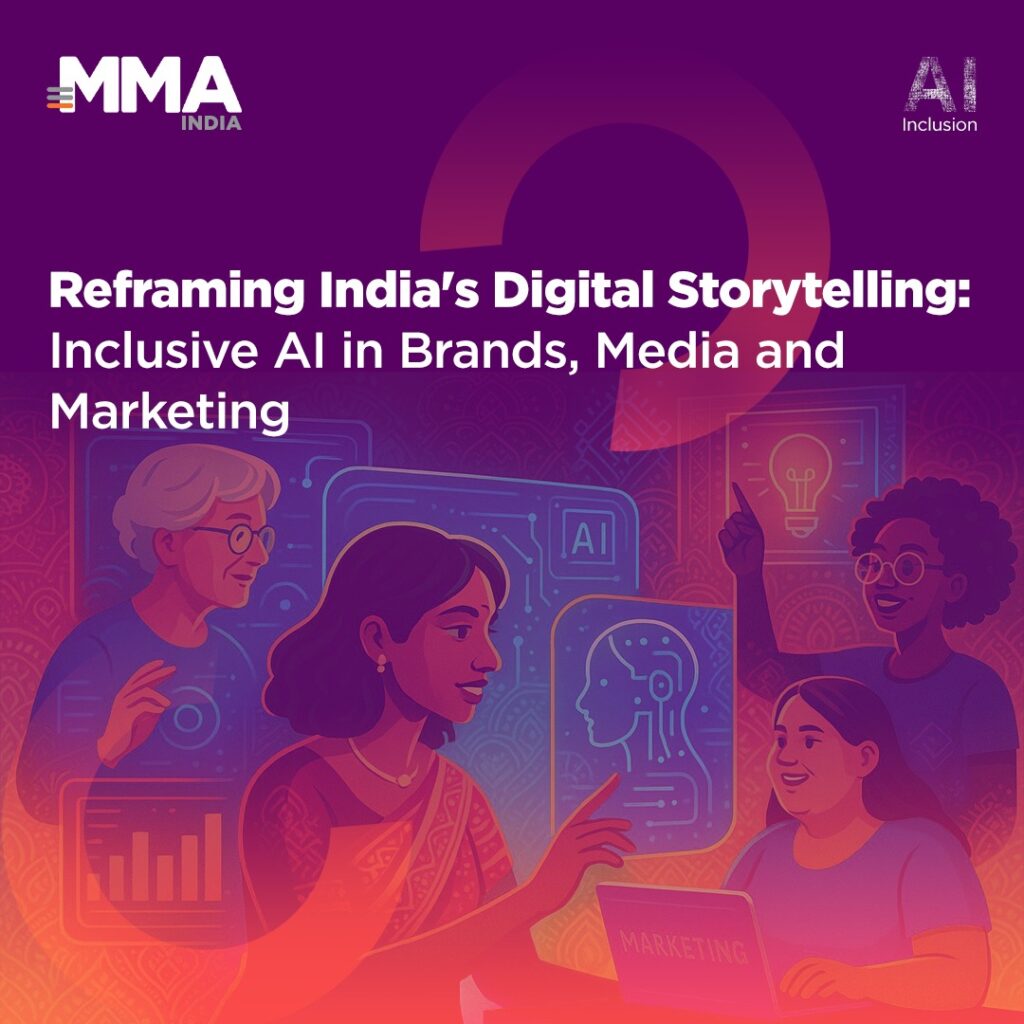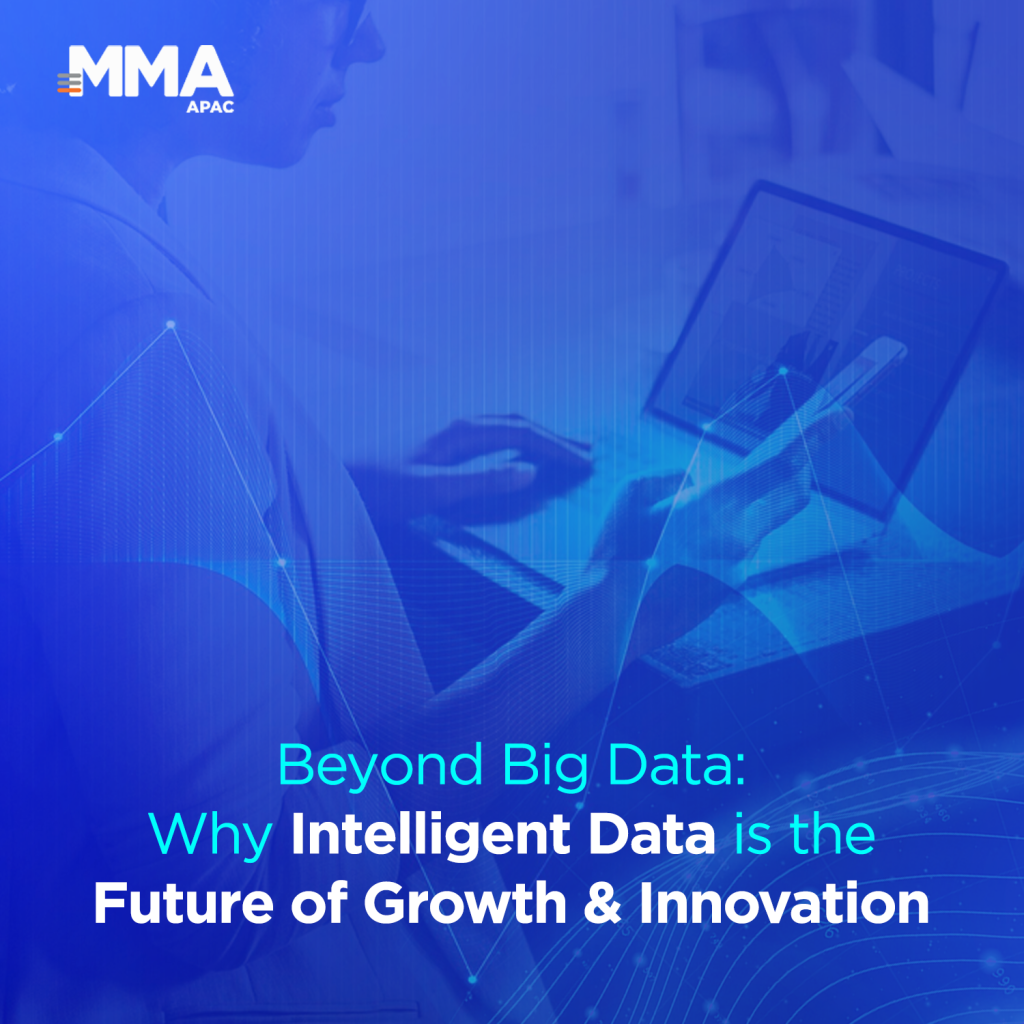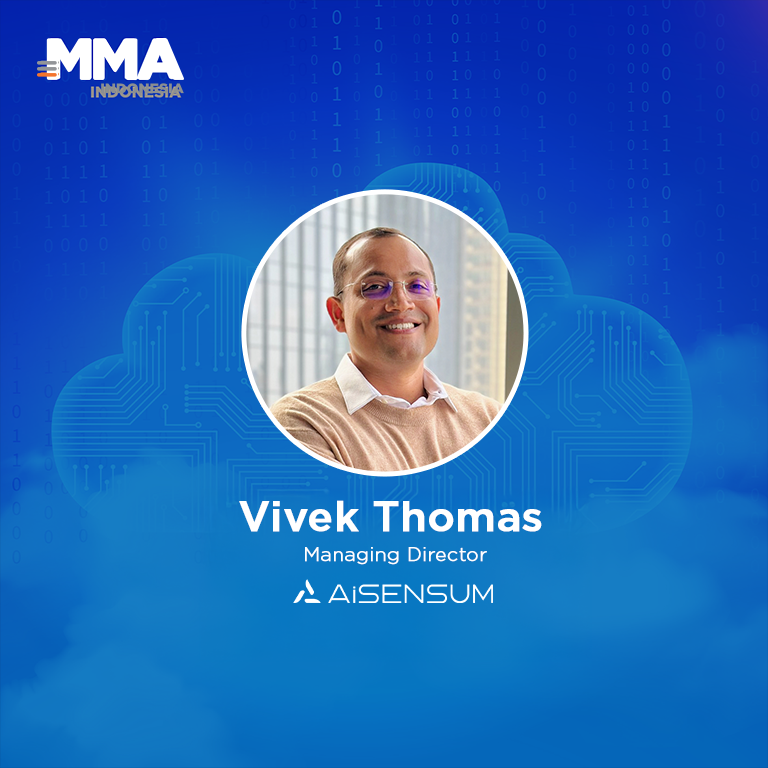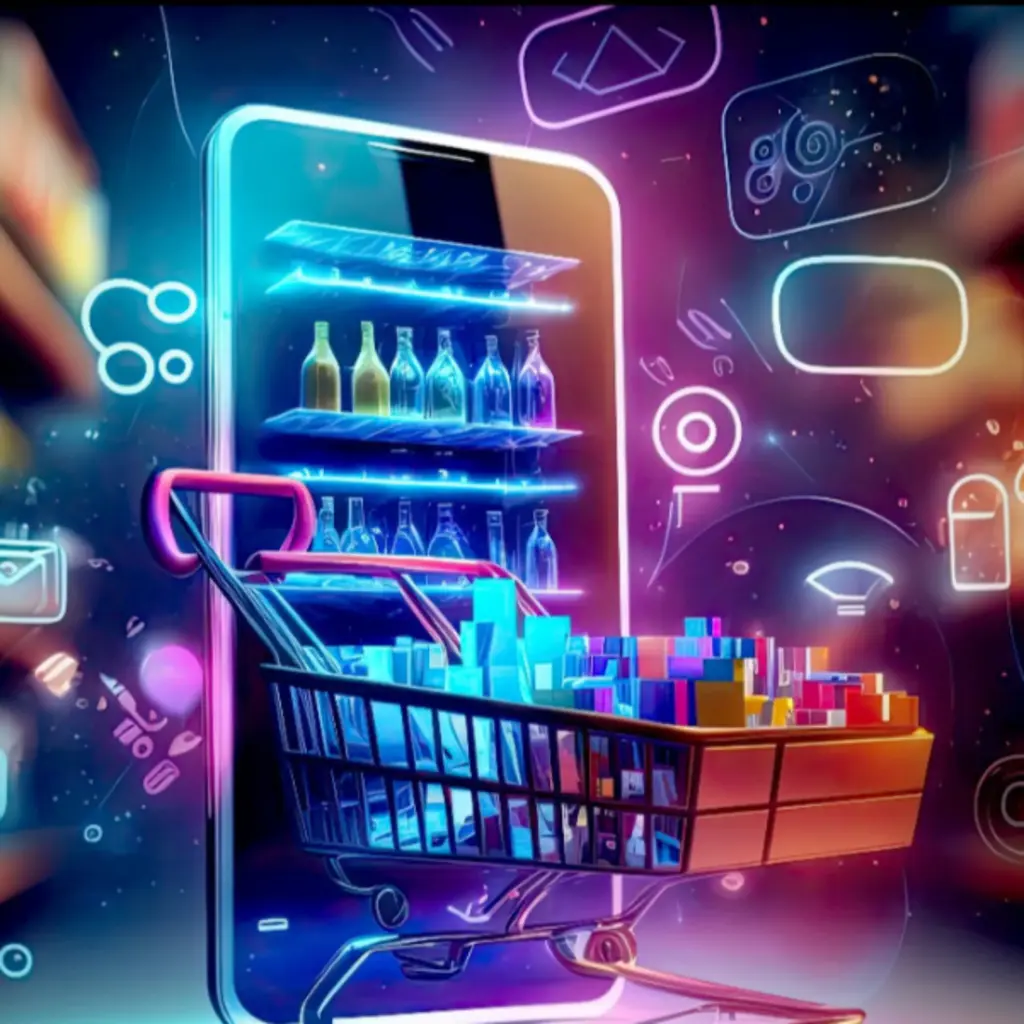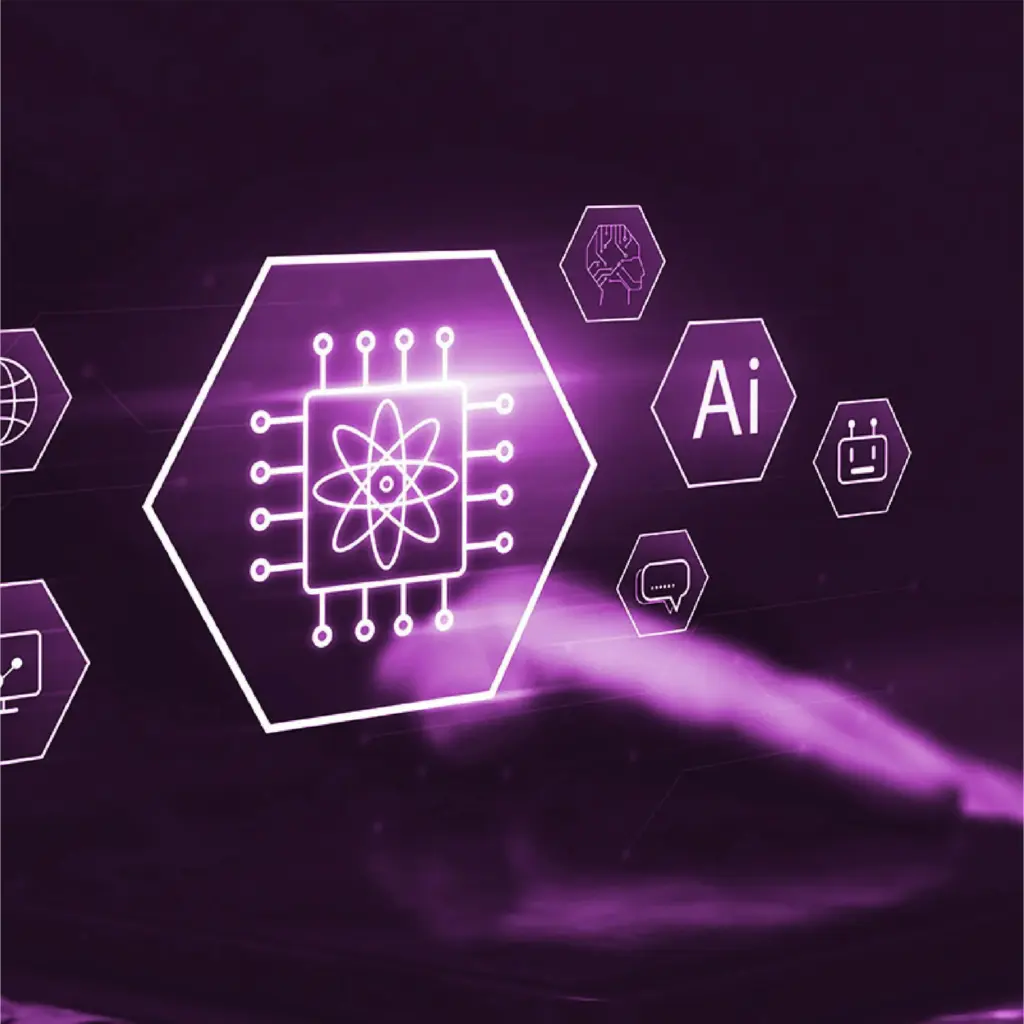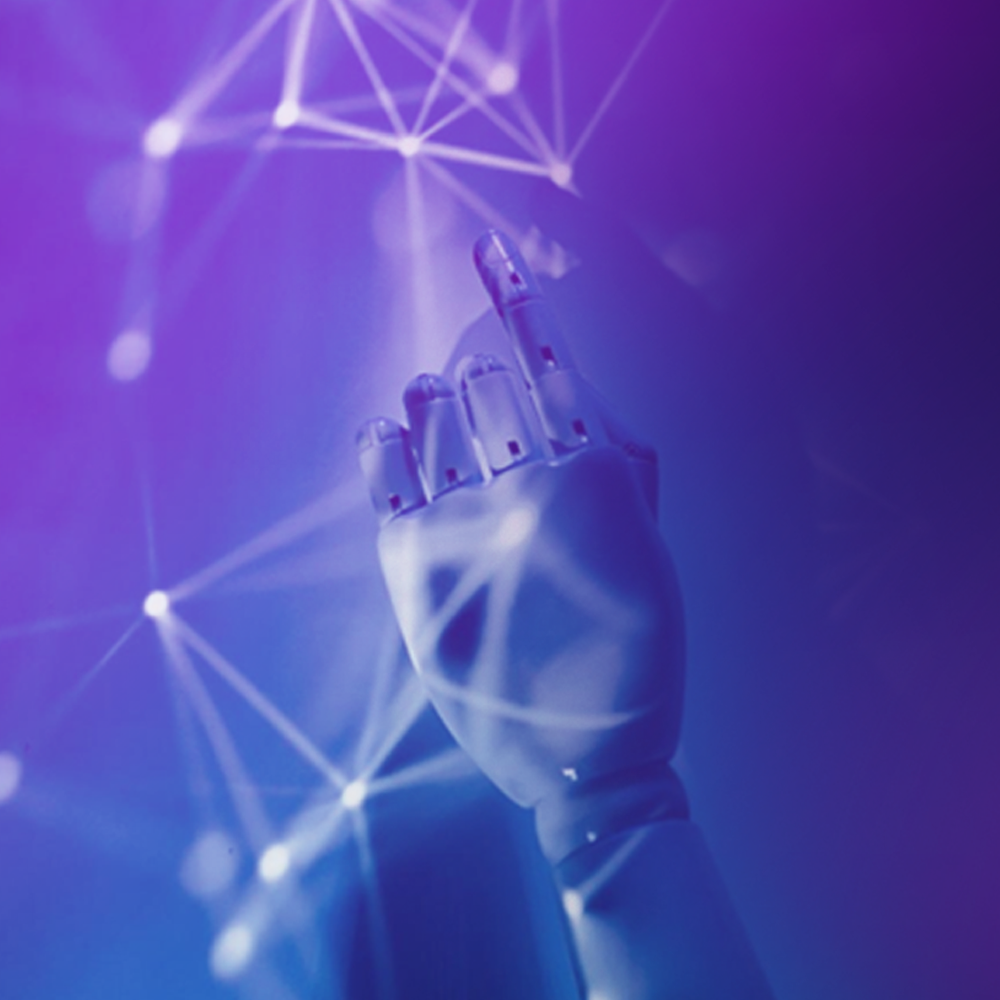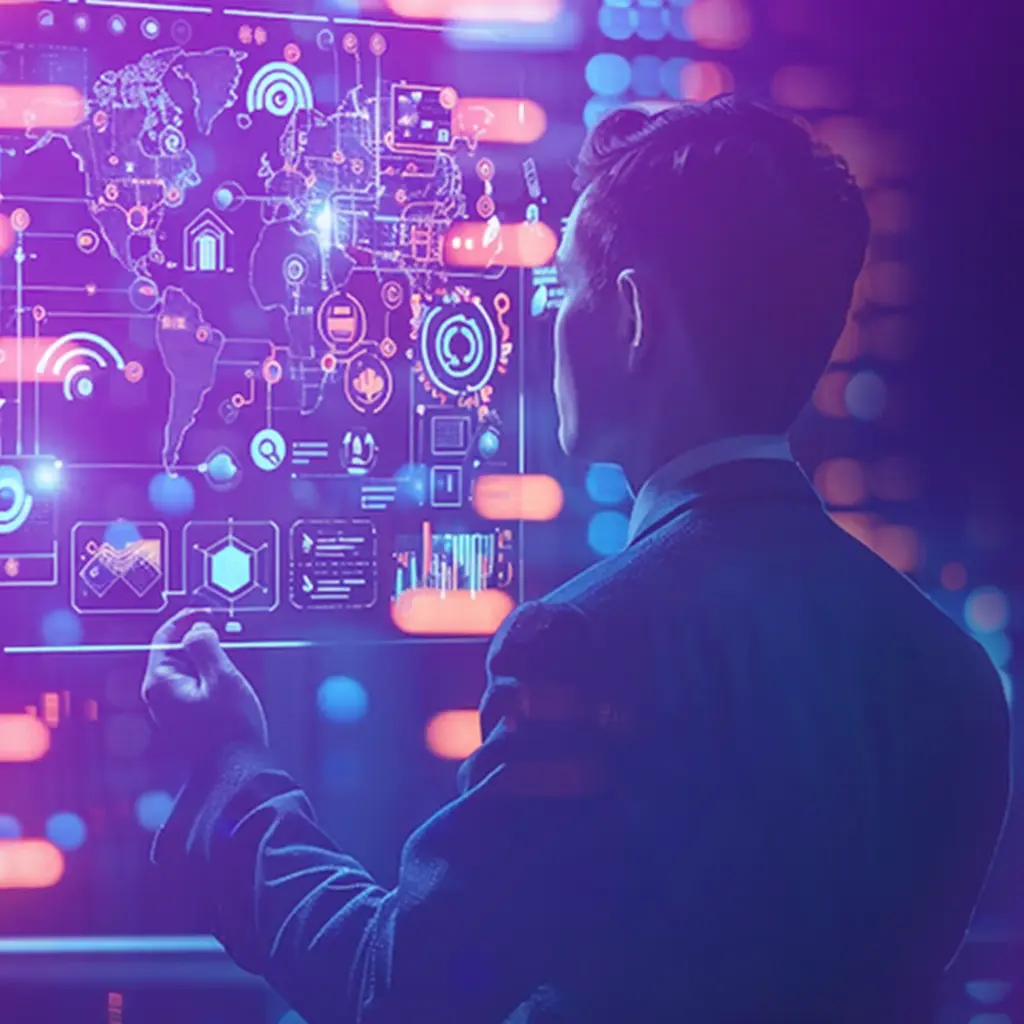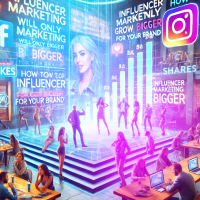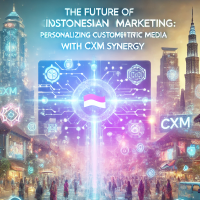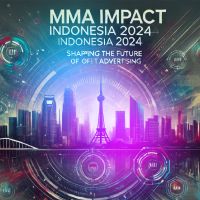
ChatGPT has taken the internet by storm since its launch in November 2022, garnering 1 million users in the first five days. Fast forward to January 2023, this conversational AI has garnered a staggering 100 million monthly active users and counting. ChatGPT is based on OpenAI’s GPT-3, a foundational generative AI model. Combining NLP (natural language processing) and deep learning, ChatGPT can interact with humans as if it understands them and generates a unique response, which is a big leap forward for an AI. While individuals explore this conversational AI for every possible use, such as writing recipes, poems, content, and or even code, businesses are also getting on the bandwagon to discover its potential and productize ChatGPT.
If we peel back the layers, we find that with its API capabilities, OpenAI’s GPT-3 model can be integrated into businesses’ own applications, such as chatbots. Additionally, various third-party APIs allow integration with ChatGPT, allowing enterprises to harness it to revolutionize customer experience and engagement, particularly with its unique content generation capabilities.
How can ChatGPT revolutionize customer experience and engagement?
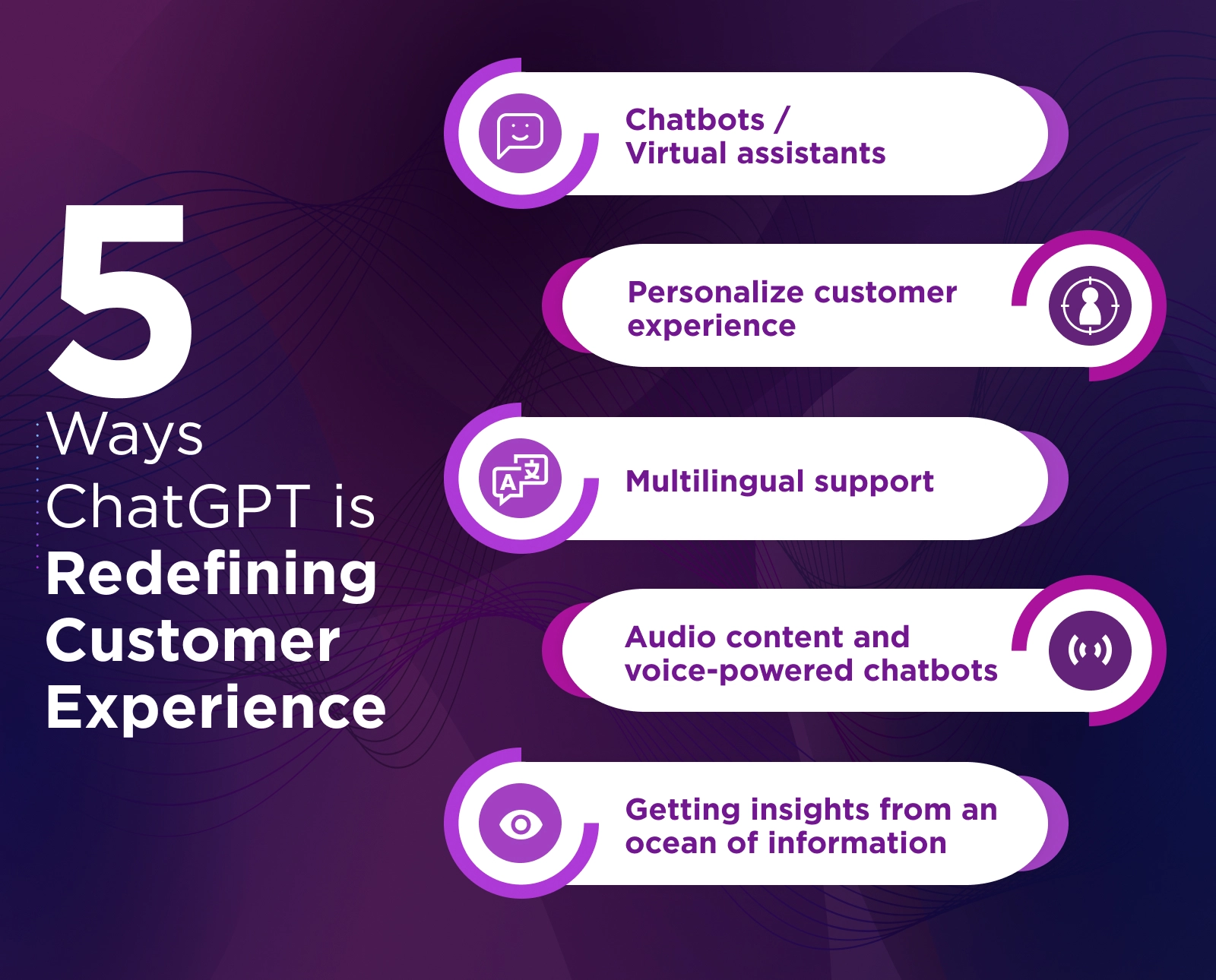
-
Chatbots/Virtual Assistants
While chatbots have become a common occurrence to enhance customer experience, most chatbots currently possess limited capabilities to engage customers. They can merely spurt pre-determined scripts, providing generic answers to customers. At best, it can direct users to help articles, leaving them to explore the solution or eventually connect with a human representative.
Current chatbots are robotic and take a mediocre pass at engaging customers. Additionally, programming a chatbot is a tedious process.
ChatGPT takes a revolutionary spin on this approach by generating unique answers for specific customer questions. Moreover, it can understand the type of queries and responds in a business-specific style and tone.
By utilizing ChatGPT to create chatbots or virtual assistants, businesses can provide a far better experience, engage their customers, and assist them 24×7.
-
Personalize customer experience
Marketers are aware that personalized marketing produces higher engagement and boosts customer experience. ChatGPT can be trained to recommend products to customers and allow them to discover what they want based on their preferences, purchase history, and other aspects.
Furthermore, it can send personalized messages, including promotional or discount offers, based on the customer’s browsing history, buying pattern, engagement with the bot, and more.
This enables businesses to deliver a more meaningful customer experience, foster trust, and boost conversion rates.
-
Multilingual support
Interestingly, businesses can exploit ChatGPT’s multilingual capabilities to communicate effectively with customers, especially when they’re operating in global markets.
For instance, it can create or translate marketing messages and analyze customer feedback and reviews from multiple languages, allowing businesses to better understand customer needs and preferences in different markets and handle customer support inquiries in multiple languages.
Duolingo presents a perfect example of this. This language learning app recognized its users’ biggest pain point—to effectively learn a new language, it’s not only essential to grasp fundamentals but also to be able to converse with other individuals. Duolingo leveraged GPT-3’s language generation capabilities to create chatbot tutors that can hold conversations with learners in the language they are trying to learn. This enables the app to amplify user engagement and experience. (add a link here so an image from the same can be added)
-
Audio content and voice-powered chatbots
One of the most exciting breakthroughs in productizing GPT-3 is integrating it with audio-based chatbots, virtual assistants, or conversational platforms like Google Assistant or Amazon Alexa.
The customer’s voice inputs are passed via API and receive text outputs from ChatGPT, which can then be the audio output for the customer. In addition, to better cater to customer questions, ChatGPT can be trained on domain-specific knowledge to produce valuable outputs.
Besides, ChatGPT can generate scripts or text for audio content such as promotional videos, YouTube (or any other kinds of) videos, podcasts, and more.
Finally, ChatGPT can be used to suggest voice-based recommendations to customers. How? Let’s ask ChatGPT.
Solutions like these revolutionize how businesses interact with customers and engage them, providing a more immersive experience.
-
Gaining insights from an ocean of information
Data can be a double-edged sword. Too little data doesn’t show the complete picture, while too much data makes it overwhelming for marketers to pull insights from. Interestingly, ChatGPT can sort through a mountain of information to extract key insights.
As ChatGPT is based on NLP, it can be well utilized to extract insights from a large amount of qualitative data. NLP involves algorithms to analyze and understand human language, allowing machines to process and make sense of large volumes of unstructured data, such as text.
It can enable businesses to go through customer interaction datasets and analyze their sentiments, allowing them to refine their offerings or provide a better user experience. This saves companies a lot of time and deepens their understanding of customers.
Viable is an excellent example of this. Viable is a tool that addresses the problem of too much qualitative feedback and a lack of time to go through it all. It built a system that aggregates and organizes text-based customer feedback to answer human-like responses generated by GPT-3.
Proceed, but with caution
ChatGPT is still at its nascent stage. Despite its versatility, it has some drawbacks, such as ethical usage and the accuracy of its response. ChatGPT may produce false or politically incorrect information, as it’s not 100% accurate at all times. Additionally, how it uses customer data/inputs is still in the dark.
Instead of approaching these drawbacks as impediments, businesses can strive to overcome these and continue to leverage ChatGPT’s intrinsic capabilities to level up customer experience and engagement.
